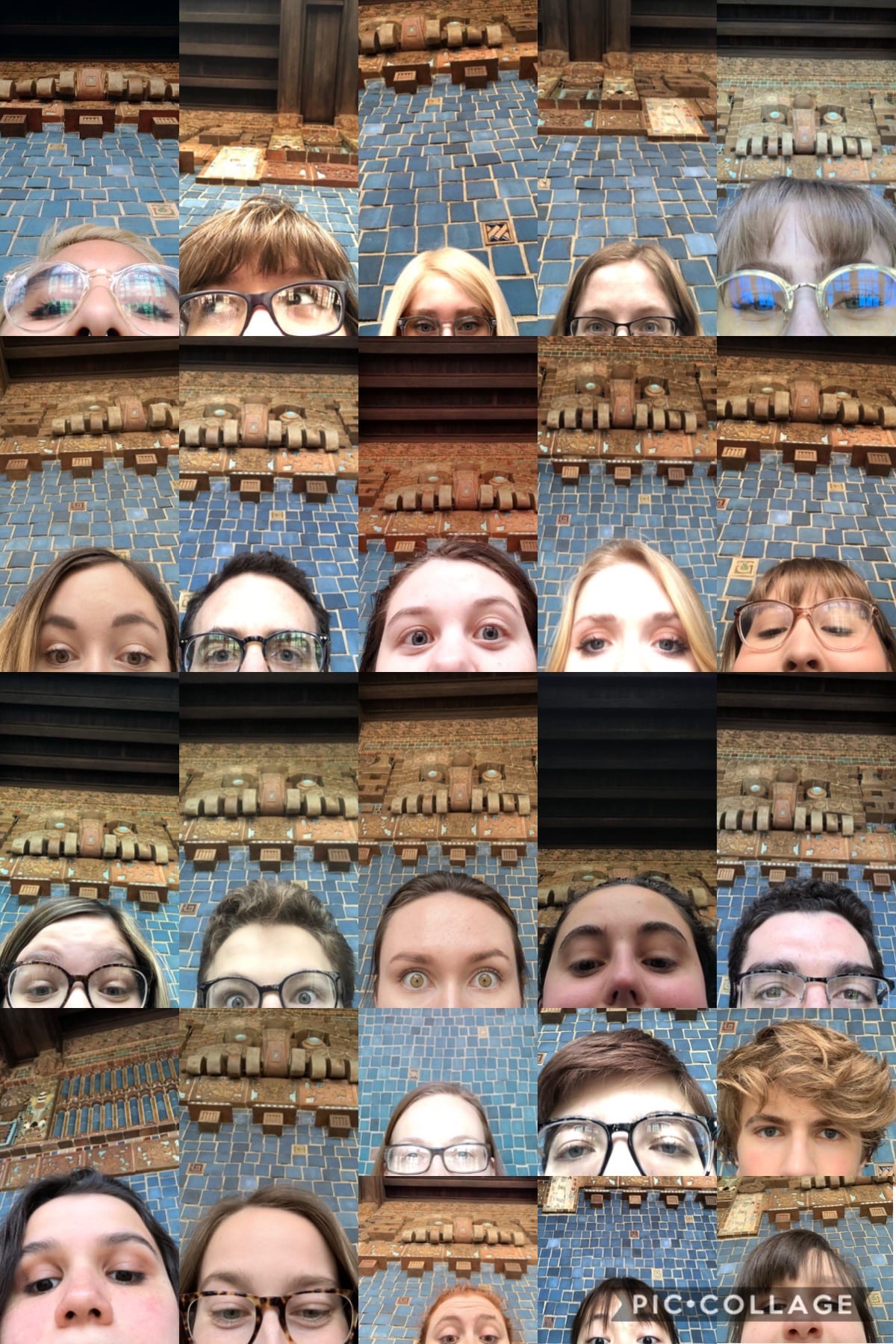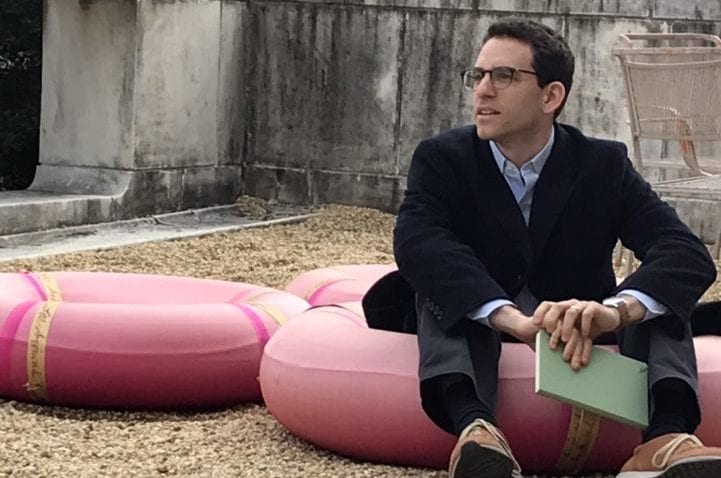Our final site visit of the month took us to the Arts Museum of the Americas (AMA). Before I dive into the specifics of our trip, let’s get a little background. The AMA was founded in 1976 as the first collection of Latin American and Caribbean modern and contemporary art in the United States. The AMA was founded as a part of the visual arts wing of the Organization of American States (OAS). The OAS brings together the 35 countries of the Americas as well as 69 states who have permanent observer status with the goal of achieving “an order of peace and justice, to promote their solidarity, to strengthen their collaboration, and to defend their sovereignty, their territorial integrity, and their independence.” While the AMA still receives a significant amount of funding from the OAS it also currently relies heavily on its donors.
The AMA is located closer to our hotel than any other museum that we visited as a whole class and yet it was the site that was not on my radar at all before I signed up to give our class presentation on the museum. Let me first address my gripe with the museum: its lack of accessibility. In order to enter the front door of the museum, there’s a step up. In order to see a single work of art in the museum, there’s a whole staircase up. While taking the winding road and rocky around the back can get an individual to a rickety ramp that can access the first floor, there’s really no hope of making it to the second floor and the traveling exhibits. This is, I’m sure, largely due to the nature of the building that the museum is located in: an old house blocks away from the White House.
Not to be a big sap (but also, to be a big sap), the AMA was our last site visit as a group, and it had me reflecting on our time here and I feel like it did the spirit of the trip and the people who I have been so lucky to spend the last month with justice. In the back of the museum there’s a room connecting two traditional bleak white walled galleries with colorful blue tiling and intricate designs covering the entire space. In our ever-active class group chat almost every member of our course sent a photo of them posing in the space. While it was just a silly little thing we did, I found it a nice unifying group experience.

Right as the bulk of us were beginning to go through the temporary exhibit on the top floor, Professor Epstein and Alina spotted the featured artist of the exhibit and, naturally, ran out to ask her if she had a minute to speak to our class. Graciously, Freya Grand took some time out of her day to have an impromptu Q&A session with our class surrounded by her artwork and with a video of her talking about the exhibition echoing in the background. The whole thing was a little meta, but really in my opinion summed up what our time in DC has been like. Grace Martin even asked a question about Alaska. All was right with the world. We also ended our time at the museum with a class discussion on-site where Professor Epstein sat literally inside of an art piece — really solidifying that fact that the world is our classroom on this trip.

Most of our site visits during our time in DC have been heavily focused on strictly United States oriented spots, which makes sense being situated in the nation’s capital. However, I think that it is ignorant and not painting a full picture to view the United States outside of the larger world that it’s obviously situated in. As the final person to declare an American Studies major at St. Olaf (Rest In Power to the major), I’ve found myself often struggling with how the discipline so often views the United States apart from the global context that it responsibly should be viewed through. The point of the OAS and the AMA is to provide a cross-cultural look at the art that is displayed and that is something that I really saw play out in the museum.
Focusing on Dialog, the current special exhibition that Freya spoke to, I found it fascinating interplay between the art created by this woman who grew up in Wisconsin depicting scenes all over the globe, juxtaposed next to artwork by artists from all over the western hemisphere whose work is held in the AMA’s permanent collection. It really gets at the cross-cultural mission of the museum. Furthermore, simply the location of the museum just blocks from the Capitol and the White House really urges those who visit to understand that America does not just mean the United States.
References:
“AMA: Art Museum of the Americas: Organization of American States.” AMA | Art Museum of the Americas | Organization of American States.
OAS. “Organization of American States: Democracy for Peace, Security, and Development.” OAS, 1 Aug. 2009.
